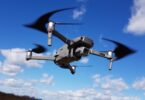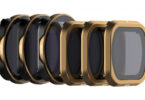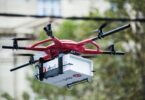The first prototypes of drones or unmanned aircraft on board, appeared during the First World War. The invention was primarily military until the 2000s when the civilian drone appeared in the professional sector to become an increasingly used aircraft.
More than 100 years of history
It’s hard to imagine that the first unmanned remote-controlled flying craft aboard the prototype of a 1918 drone or torpedo plane, wirelessly telegraphed, could be more than 100 years old! But before it became the aircraft or drone we know today, many years of research were required.
The adventure of this great invention, which is the drone, began in the year 1916, during the Second World War when the military of the United Kingdom, France, and the United States sought to fly planes without the intervention of a pilot on board.
It was in France on 2 July 1917 that the first unmanned aircraft managed to fly 1 km, led by Captain Boucher, on 14 September 1918, he improved the autopilot system installed on a Neighbour BN32 aircraft and managed to fly it for 51 minutes over a distance of 100 km, but it was never really used.
The evolution of drones
From the Unmanned Aerial Vehicle (UAV) modeled DH 82, Queen Bee1935, the idea of the UAV was born. Until the end of the Second World War, research continued experimentation to improve drones. But it was especially during the Cold War when various armies were put in considerable means to improve aircraft, transmission systems, and cameras onboard UAV (Unmanned Aerial Vehicle).
Used in the 1970s/80s by the intelligence and spy services to carry out reconnaissance missions by taking aerial shots. In the 1990s it was armed and became a weapon of war coveted by all armies.
It was only in the 2000s when the miniaturization of computer systems, cameras, and batteries allowed the civilian sector to use it.
Civil drones for aerial photography in a few years have become the UAv we know today. Multirotor aircraft with 4, 6, or 8 engines, radio-controlled remotely, located and stabilized by GPS, capable of carrying cameras or cameras that can photograph or film in full HD, 4K, and even now in 8K. But also to achieve technical services, such as mapping, 3D modeling, or aerial thermography, which over the years has made the drone indispensable to many professional sectors of activity.
This rapid development in view of the arrival of a new aviation regulation, specific to its use in airspace and managed by the DGAC Directorate General of Civil Aviation, but also of a new profession, the pilot of the commercial civilian UAV.
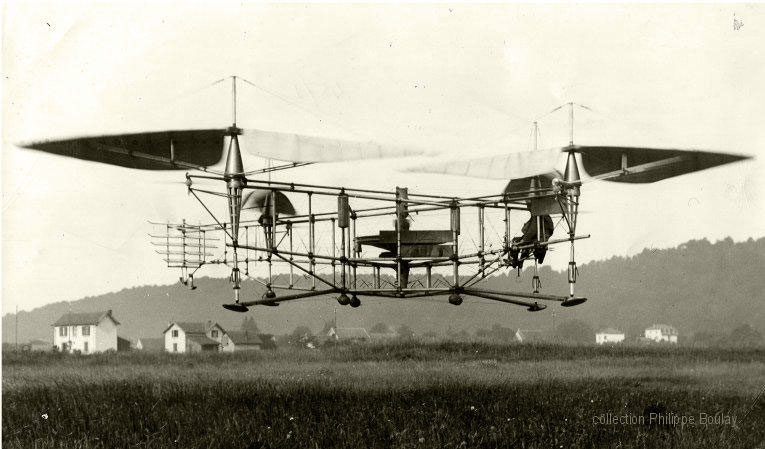
The story of the drone told by its “inventor”
This unmanned flying craft is above all a military invention. Its roots date back to the conflicts in the Middle East in the late 1970s. We met its creator.
A death device for its detractors and an indispensable weapon for any modern army for its supporters, the Unmanned Aerial Vehicle (UAV) revolutionized the art of war long before it became a toy that could be piloted by our children. Although he modestly refuses paternity, Professor David Harari, a French-Israeli engineer, invented the first modern camera-equipped UAV called Scout in the 1970s.
In what context was the first drone born?
David Harari. Information has always been paramount, especially in times of war. In France, in 1914-1918, the army used hot air balloons to locate enemy positions. In the wars with its Arab neighbors, Israel used scale models with cameras, but it took forty-five minutes to develop the photos. During the Yom Kippur War in 1973, 200 Israeli pilots were eliminated in forty-eight hours by surface-to-air missiles fired by Egypt. The Israeli aerospace industry (IAI), of which I was a member, then launched the Scout program: flying television cameras with wings, an engine, and a communication system.
How did you come up with the idea for the first model?
We were racing with the Americans. In 1977, the Israeli Air Force asked us to be operational within four years. We had no reference, other than conventional aircraft. We fumbled until the first UAV, an unmanned aircraft, was successfully flown in 1979. Before delivery to the army in 1981, the final prototype was sent on a secret mission over Lebanon’s Bekaa Valley to observe a Syrian incursion. My team and I were mobilized on the spot.
What has the Israeli intervention in Lebanon in the summer of 1982 changed?
The UAV had been delivered to the intelligence services, but it carried only a daytime camera. We were asked to create a night camera in a week! The crews were sleeping at the factory and, ten days later, we had a model that could fly at night with a battery life of four hours. It was also at this time that the military was able to direct the 14 kg camera in the field. This world-first has become the basis of all the systems sold in the world today.
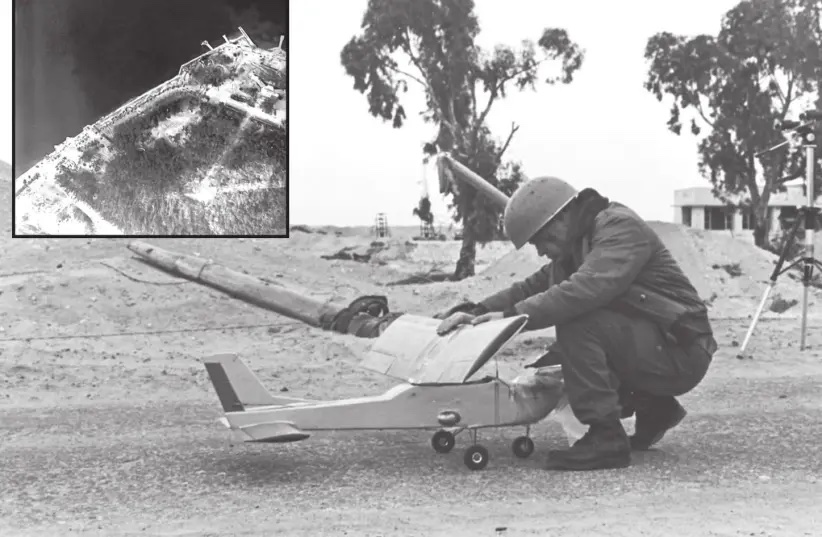
This first has attracted other countries?
France was one of the few countries to know about this secret invention and wanted to use it in the context of the Chadian war. The Americans, on the other hand, were at a standstill, twelve years after the launch of their research program at more than $1 billion (884 million MUR). They bought us the new model, the Pioneer.
Conclusion
Necessity is the mother of invention as they say and this is applicable to UAVs. It was the war that made people invent something to their advantage over the enemy. Although UAVs are still a big part of military operations, the proliferation of civilian drones has created its industry.
Today, the drone industry is estimated to be worth around $100 billion. Sales of US consumer UAVs to dealers surpassed $1.25 billion in 2020, according to Statista. Goldman Sachs forecasts the total drone market size to be worth $100 billion—supported by this growing demand for UAVs from the commercial and government sectors.


